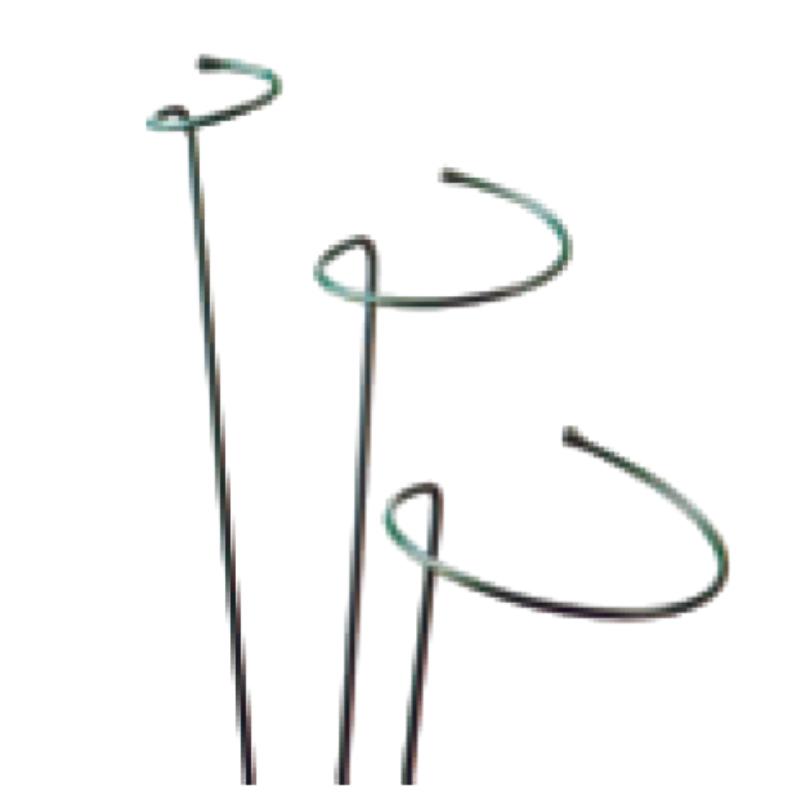-
E-poçt:zhao@hyliec.cn
-
Tel:+86 311 85273988
-
WhatsAPP:8613931128750
-
 afrikalı
afrikalı -
 alban
alban -
 amhar
amhar -
 ərəb
ərəb -
 erməni
erməni -
 Azərbaycan
Azərbaycan -
 bask dili
bask dili -
 belarus
belarus -
 benqal dili
benqal dili -
 bosniyalı
bosniyalı -
 bolqar
bolqar -
 katalan dili
katalan dili -
 Cebuano
Cebuano -
 korsika
korsika -
 xorvat
xorvat -
 çex
çex -
 danimarka
danimarka -
 holland
holland -
 İngilis dili
İngilis dili -
 esperanto
esperanto -
 eston
eston -
 fin
fin -
 Fransız dili
Fransız dili -
 friz dili
friz dili -
 qalisian
qalisian -
 gürcü
gürcü -
 alman
alman -
 yunan
yunan -
 qucarat dili
qucarat dili -
 Haiti Kreol
Haiti Kreol -
 hausa
hausa -
 havaylı
havaylı -
 ivrit
ivrit -
 Xeyr
Xeyr -
 Miao
Miao -
 macar
macar -
 island
island -
 igbo
igbo -
 indoneziya dili
indoneziya dili -
 irland
irland -
 italyan
italyan -
 yapon
yapon -
 yava dili
yava dili -
 Kannada
Kannada -
 qazax
qazax -
 kxmer
kxmer -
 Ruanda
Ruanda -
 koreyalı
koreyalı -
 kürd
kürd -
 qırğız
qırğız -
 Vərəm
Vərəm -
 latın
latın -
 latış
latış -
 litva dili
litva dili -
 Lüksemburq
Lüksemburq -
 makedon
makedon -
 Malqaşi
Malqaşi -
 malay
malay -
 malayalam
malayalam -
 maltalı
maltalı -
 maori
maori -
 marati dili
marati dili -
 monqol
monqol -
 Myanma
Myanma -
 nepal dili
nepal dili -
 norveçli
norveçli -
 norveçli
norveçli -
 oksitan
oksitan -
 puştu
puştu -
 fars
fars -
 polyak
polyak -
 portuqal
portuqal -
 Pəncabi
Pəncabi -
 rumın
rumın -
 rus
rus -
 samoa
samoa -
 Şotlandiya Qael dili
Şotlandiya Qael dili -
 serb
serb -
 İngilis dili
İngilis dili -
 Şona
Şona -
 sindhi
sindhi -
 Sinhala
Sinhala -
 slovak
slovak -
 sloven
sloven -
 Somali
Somali -
 ispan dili
ispan dili -
 sundan
sundan -
 suahili
suahili -
 isveçli
isveçli -
 taqaloq
taqaloq -
 tacik
tacik -
 tamil
tamil -
 tatar
tatar -
 teluqu dili
teluqu dili -
 Tay
Tay -
 türk
türk -
 türkmən
türkmən -
 ukraynalı
ukraynalı -
 Urdu
Urdu -
 uyğur
uyğur -
 özbək
özbək -
 vyetnamlı
vyetnamlı -
 uels
uels -
 Kömək edin
Kömək edin -
 yəhudi dili
yəhudi dili -
 yoruba
yoruba -
 Zulu
Zulu
Metal Plant Supports
What Is The Support Structure Of A Plant?
The support structure of a plant refers to the system of tissues and organs that provide stability and enable the plant to maintain an upright position. This support structure includes several key components:
1. Cell walls: The rigid cell walls of plant cells provide structural support, especially in non-woody plants. The cell walls help maintain the shape and rigidity of the plant's cells, contributing to its overall structure.
2. Stems: Stems play a crucial role in supporting the plant and providing a framework for the attachment of leaves, flowers, and reproductive structures. The stems also facilitate the transport of water, nutrients, and sugars throughout the plant.
3. Roots: The root system anchors the plant in the soil, providing stability and support. Additionally, roots absorb water and nutrients from the soil, contributing to the overall health and growth of the plant.
4. Vascular tissues: Xylem and phloem are specialized tissues that form the plant's vascular system. Xylem transports water and minerals from the roots to the rest of the plant, while phloem transports sugars and other organic compounds to various parts of the plant.
5. Specialized structures: Some plants have specialized support structures, such as tendrils, thorns, or aerial roots, which aid in climbing, attachment, or additional support.
The combination of these structural elements allows plants to maintain their shape, withstand environmental forces, and support essential physiological processes.
Iron Plant Supports Faq
What are the benefits of using iron plant supports?
Iron plant supports offer durability and strength, making them suitable for providing robust support for heavy or sprawling plants. They can withstand the weight of mature plants and help maintain their shape and structure.
What types of plants are best supported by iron plant supports?
Iron plant supports are well-suited for providing support to a wide range of plants, including peonies, roses, delphiniums, and other tall or heavy-flowering perennials. They can also be used for supporting climbing plants such as clematis or sweet peas.
How should iron plant supports be installed?
Iron plant supports should be installed firmly in the ground to ensure stability. When supporting individual plants, place the support structure around the plant early in the growing season, allowing the plant to grow into and around the support naturally.
Are there different styles and designs of iron plant supports available?
Yes, iron plant supports come in various styles and designs, including hoop supports, grid supports, and individual stakes. These different designs cater to the specific needs of different types of plants and can provide effective support while enhancing the visual appeal of the garden.
How can iron plant supports be maintained?
To maintain iron plant supports, periodically inspect them for signs of rust or corrosion, especially if they are exposed to the elements. If rust is present, it can be removed using a wire brush, and the supports can be treated with a rust-resistant coating or paint to prolong their lifespan.






